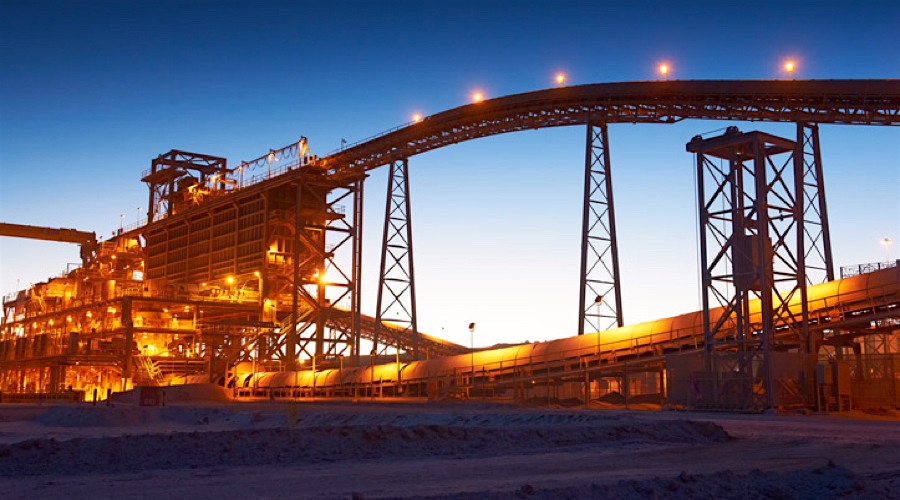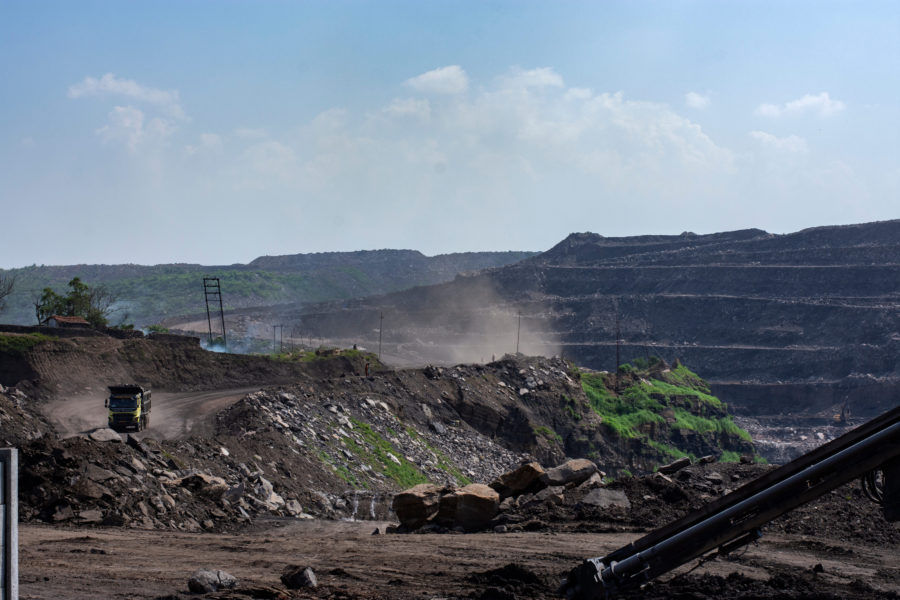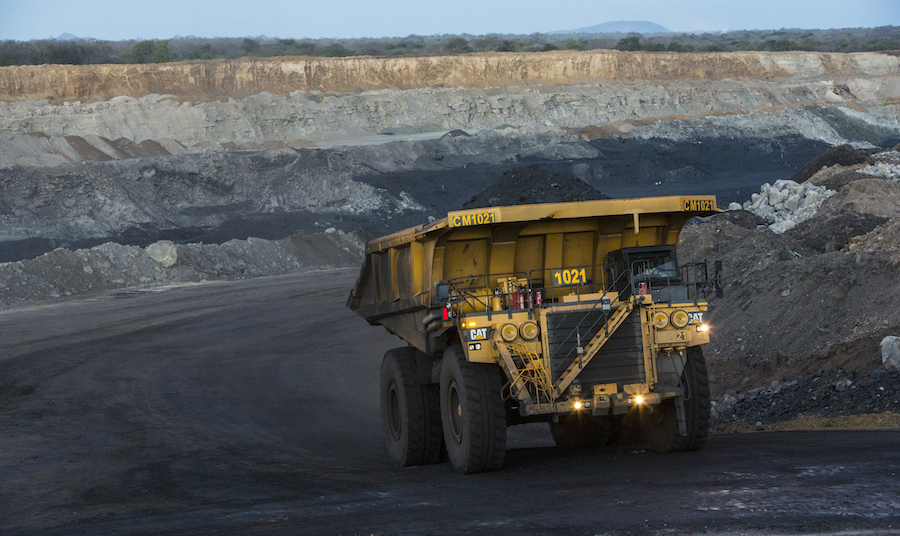Value of Chilean copper exports at financial-crisis lows

New data shows the first six months of 2016 were tough for Chilean copper producers.
According to the number one copper producing country’s central bank, the value of Chile’s copper exports fell 16.1% in the first half, compared to H1 2015, on par with the financial crisis of 2009. Chile exported $13.4 billion worth of copper in H1, including $6.356 billion worth of copper cathodes and $5.805 billion of copper concentrate. Monthly copper exports dropped a whopping 28% to $2 billion, according to Platts.
The plunge in values of course reflects the slump in the copper price, which has halved from $10,190 a tonne in 2011 to a seven-year low of $4,318 in January. Platts quotes the Chilean Copper Commission predicting Thursday that the price will average $2.15 a pound this year compared to $2.57 in 2015.
However there is light at the end of the tunnel, with the big producers forecasting an end to the supply glut due to mine expansions not coming to fruition. That would put upward pressure on prices. Bloomberg quotes Freeport-McMoRan (NYSE:FCX), Codelco and BHP Billiton (ASX:BHP) all predicting a copper deficit, with Freeport saying it could happen as early as next year. The reason? Low prices have put a lid on mine expansion plans. Mine output has also fallen:
Global production exceeded demand in five of the past six years, partly because of slower growth in China, the biggest user, data by Bloomberg Intelligence show. Copper has tumbled more than 50 per cent on the London Metal Exchange from a record $10,190 a tonne in 2011, touching close to a seven-year low of $4,318 a tonne in January. Macquarie Group Ltd. last month cut its price forecasts by 4.1 per cent to $4,690 a tonne for this year and 9 per cent to $4,788 for 2017.
As a result, capital spending by 35 major producers will shrink to about $41-billion next year, down from $104-billion in 2013, and mine output last year tumbled by more than 20 per cent, company data compiled by Bloomberg Intelligence show. Even with a project pipeline with forecast capital expenditure of about $149.4-billion, according to the data, the mining industry faces challenges to deliver new supply in time to meet the deficit.
In Chile, copper output slipped 5.1 percent during the first half of 2016 to 2.302 million metric tons, according to Platts. Just this week however, an indication that Chile will be exporting more copper, with the announcement that BHP Billiton, the world’s biggest mining company, has committed to spend just under $200 million to get more copper out of its 57.5%-owned Escondida operation in Chile, the world’s largest copper-producing mine.
The expansion of the Los Colorados concentrator will help offset declining grades at the mine and add incremental copper production to reach an average production of 1.2 million tonnes a year over the next decade, The Australian reported.
More News
{{ commodity.name }}
{{ post.title }}
{{ post.date }}



Comments